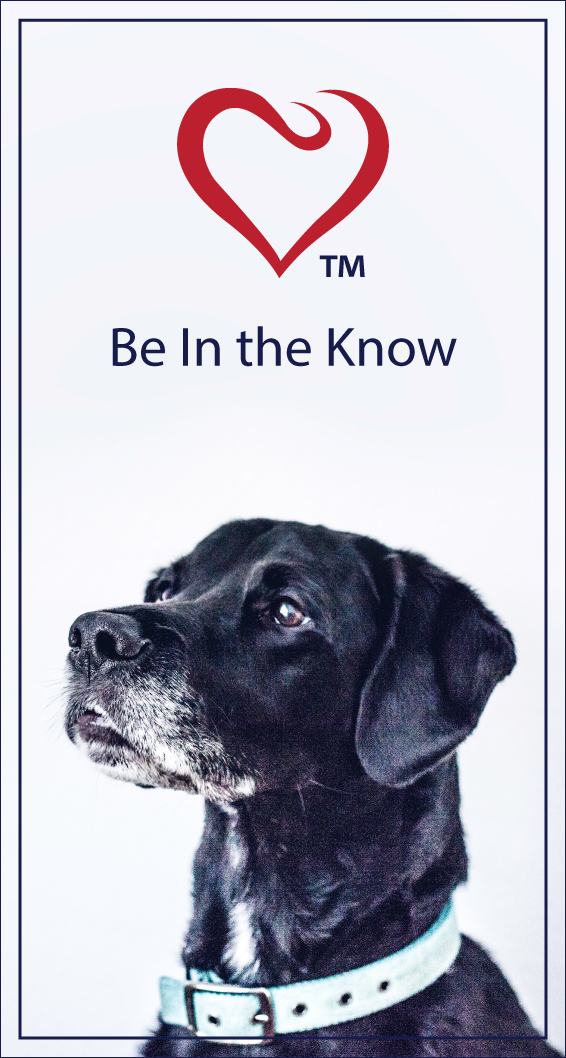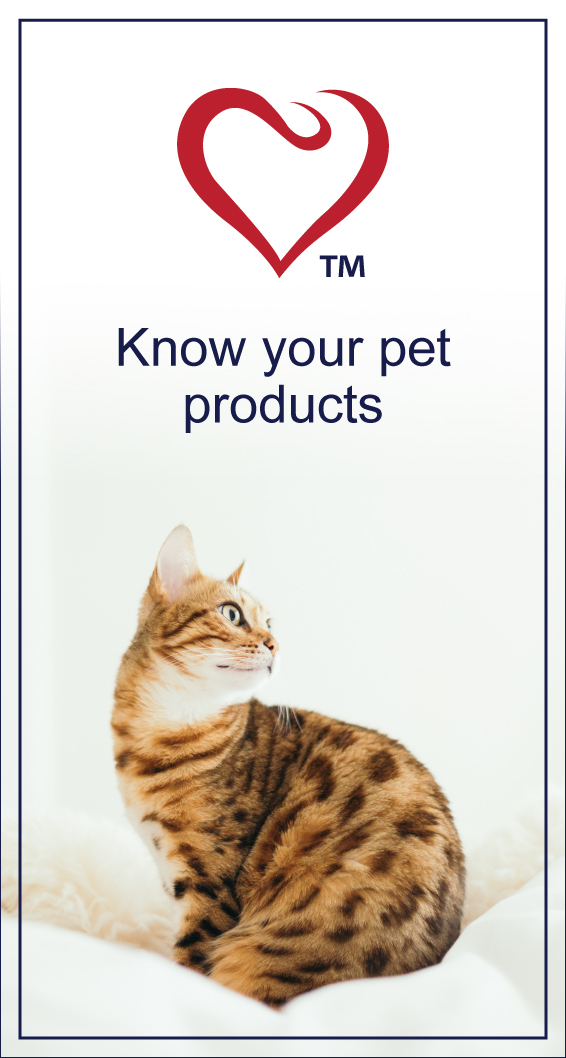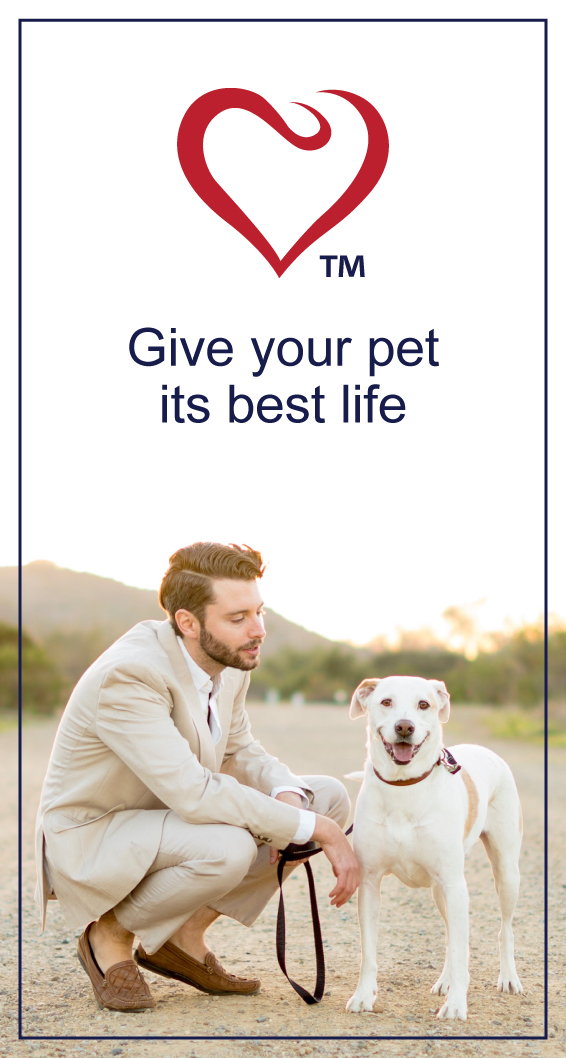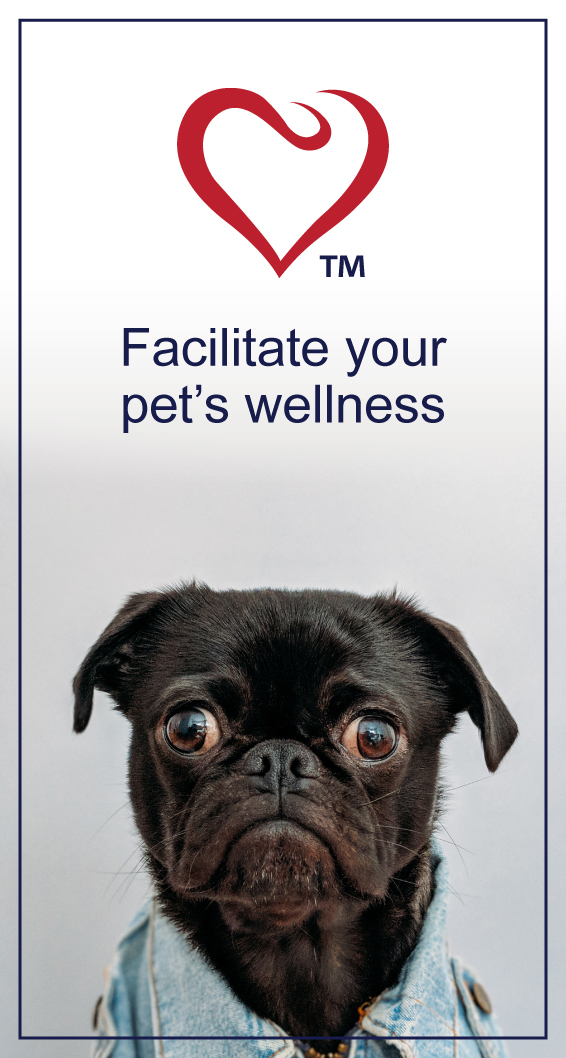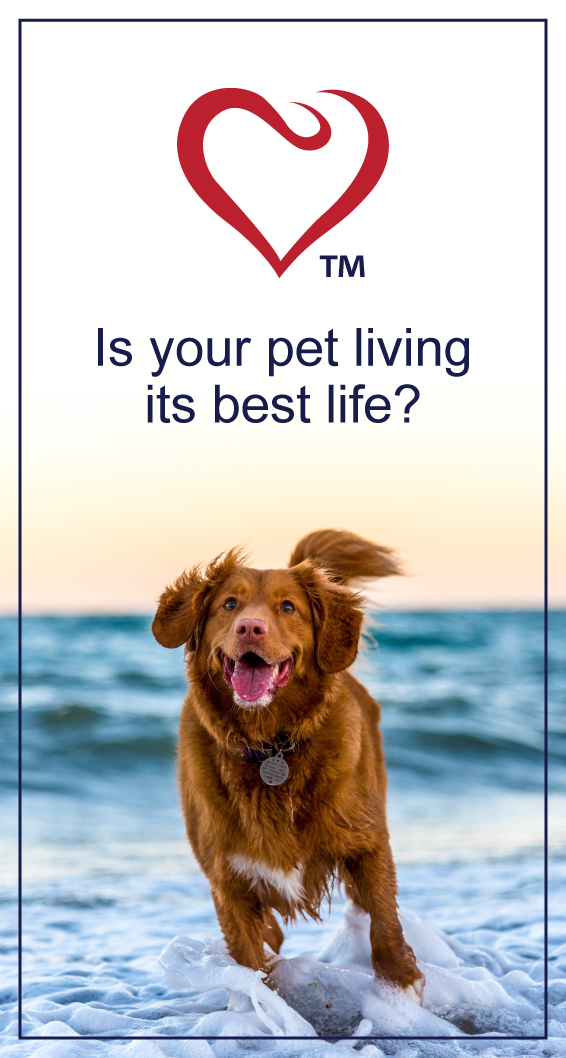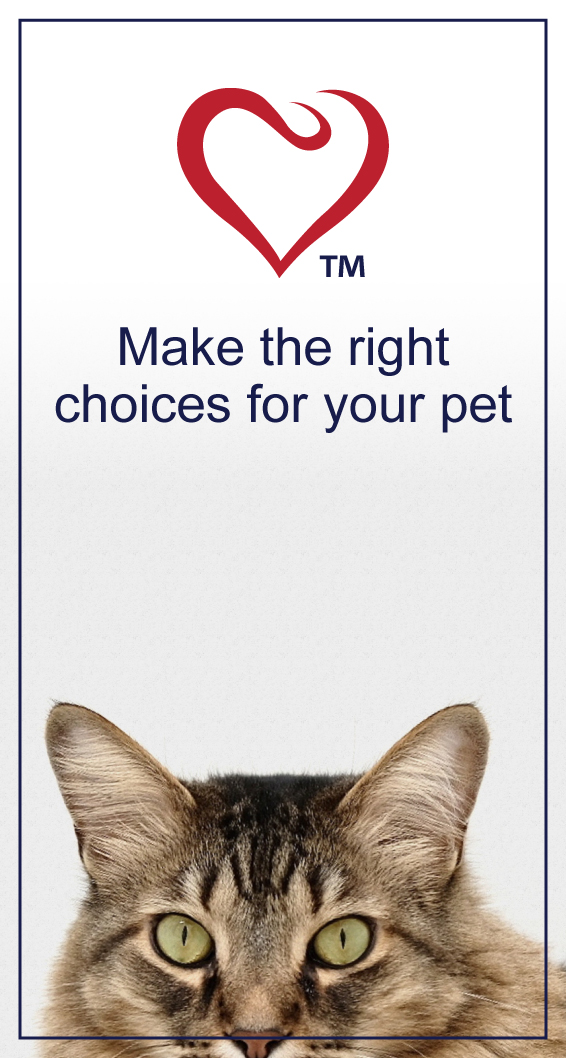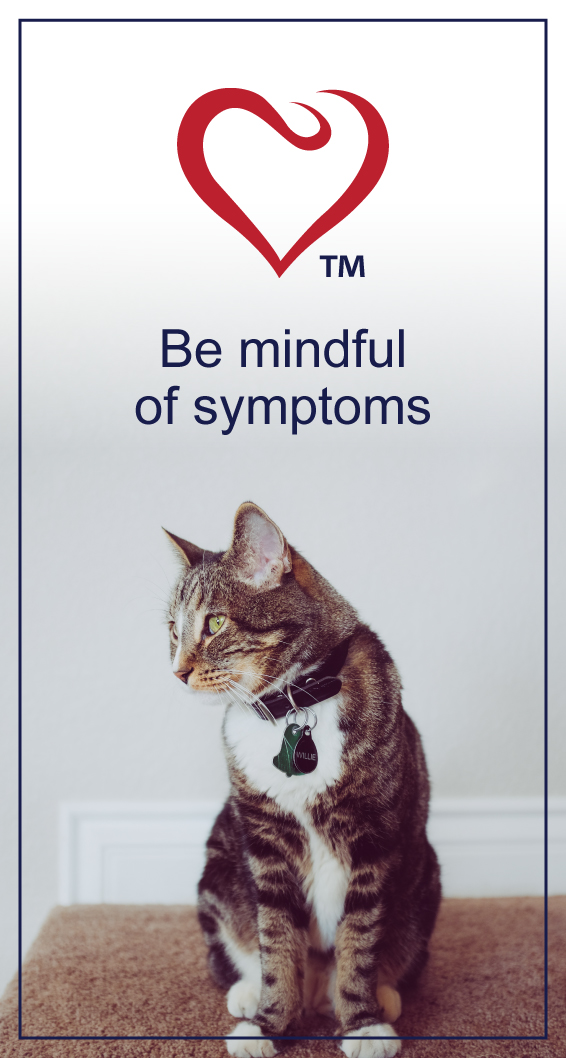HEALTH & WELLNESS

TRENDING
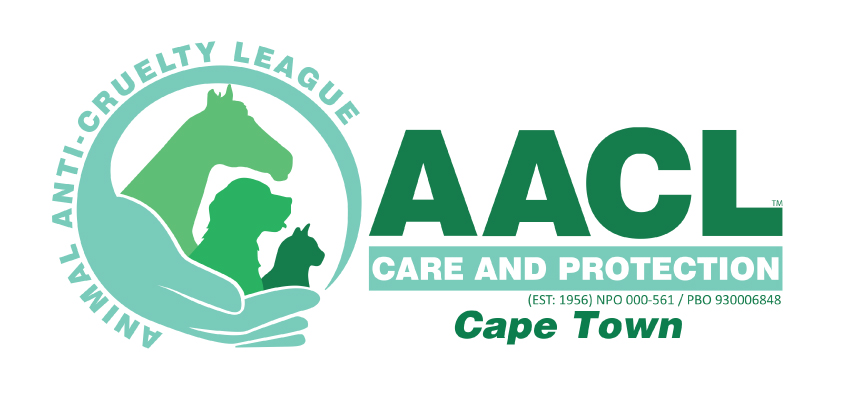
We’re excited and honoured to feature South Africa’s second largest independent animal welfare organisation on PetlifeSA.
Constipation In Cats
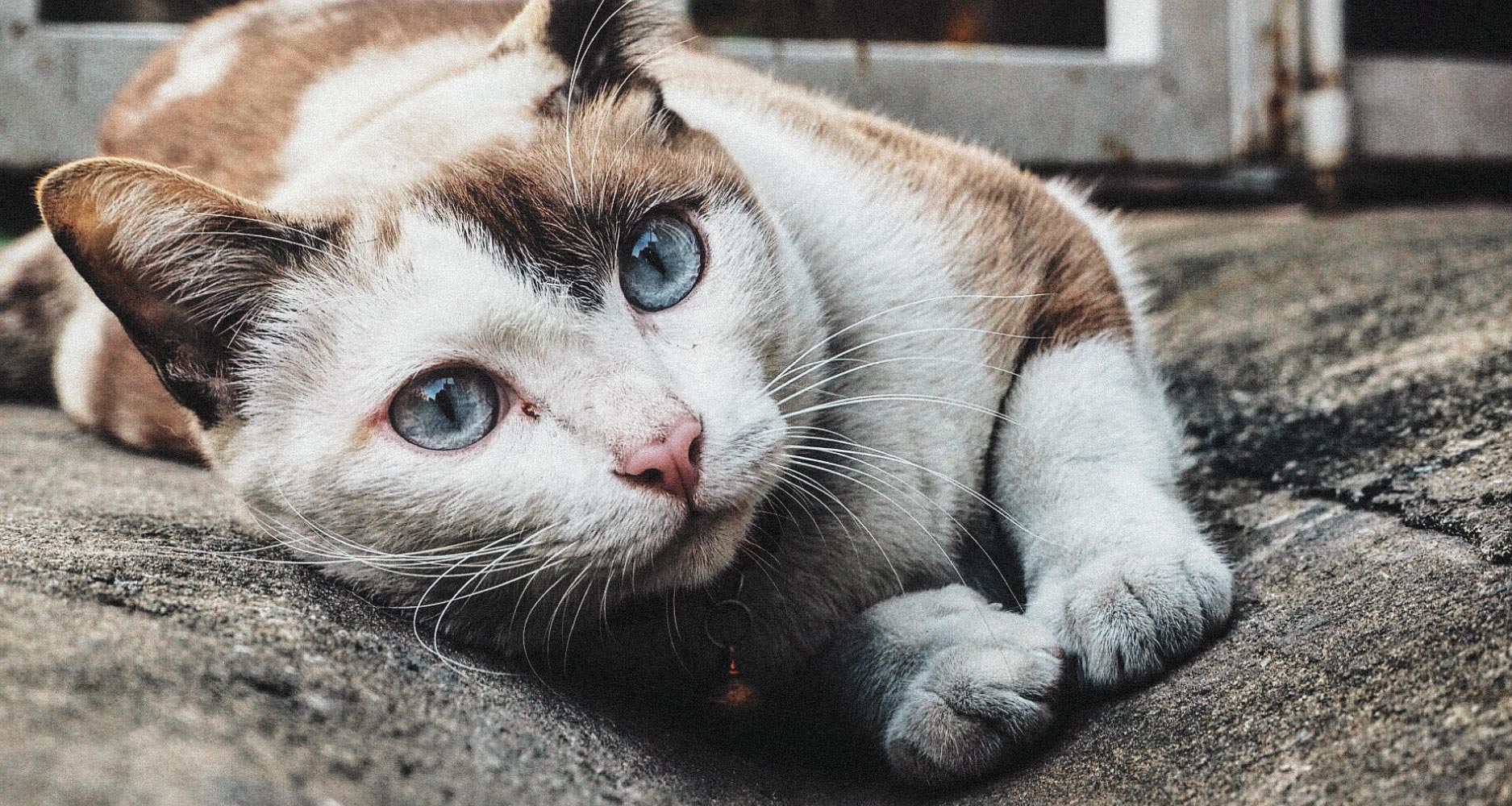
OVERVIEW
Constipation is the inability to routinely and easily evacuate the bowels resulting in retention of faeces or passage of hard, dry faeces.
When a cat is constipated, the colon – the section of the lower intestine that contains undigested food, mucus, bacteria, and dead cells before elimination – has become impacted with faeces that will not move.
Occasional constipation can generally be treated with dietary changes, enemas, and medication.
If the condition is left untreated, it can develop into obstipation – the severe, end-stage form of this disease process. At this point the colon is enlarged, blocked up or ‘impacted’. The cat may require hospitalisation and therapy, such as manual removal under anaesthetics of hardened faecal matter.
Megacolon is a condition in which the colon becomes grossly dilated, muscle tone is lost and it is unable to expel faecal material. Megacolon leads to severe constipation and could be life threatening. Treatment usually involves surgery to remove sections of the colon.
With advanced constipation the cat is completely unable to evacuate its bowels. The colon is so enlarged and stretched that the barrier that normally prevents bacteria from moving from the cat’s faeces into its bloodstream is no longer functioning. With translocation of bacteria, the cat becomes systematically ill and will die, if left untreated.
SYMPTOMS
Constipation can affect cats at any age, but is seen more frequently in older cats.
Constipation or obstipation may exhibit the following signs:
- Straining to defecate with little or no production of faeces
- Because of pain, constipated cats may vocalise during attempts at defecation
- Infrequent or no defecation
- Hard, dry faeces possibly with some blood or mucus on the surface
- Defecating outside the litterbox
- Small quantities of faeces
- Small amount of liquid stool with mucus or blood
- Decreased appetite and thirst
- Vomiting
- Lethargy
CAUSES
Some potential causes of constipation and obstipation include:
- Inappropriate diet
- Traumatic injury
- Blockages from foreign materials or hairballs
- Stress in the home
- Reluctance to use the litterbox because of a change in litter – a dirty box
- Lack of exercise
- Decreased water intake
- Painful urination
- Dehydration, often caused by kidney disease
- Nerve damage
- Arthritis, making it painful to squat
- Tumours
- Some drugs, including anaesthetics
- Underlying metabolic abnormality
DIAGNOSIS
Following a physical exam and discussion of your cat’s symptoms, tests may include:
- Baseline blood tests
- A blood chemistry analysis
- Urinalysis
- Abdominal palpation – the veterinarian’s hands probe the abdominal area along the entire length of the colon to see if it is distended with faecal matter
- Radiographs (X-rays) to confirm suspected constipation and show the extent to which the colon is dilated and whether a narrowing appears to be present
- Ultrasound imaging to rule out the presence of an obstructive tumour
- Endoscopic exam (inserting a tube containing a small camera into the rectum) done under anaesthesia. This enables the veterinarian to check for abnormalities such as narrowing of the colon or tumours
- A biopsy of the tissue may also help identify other disease processes
Related Articles
